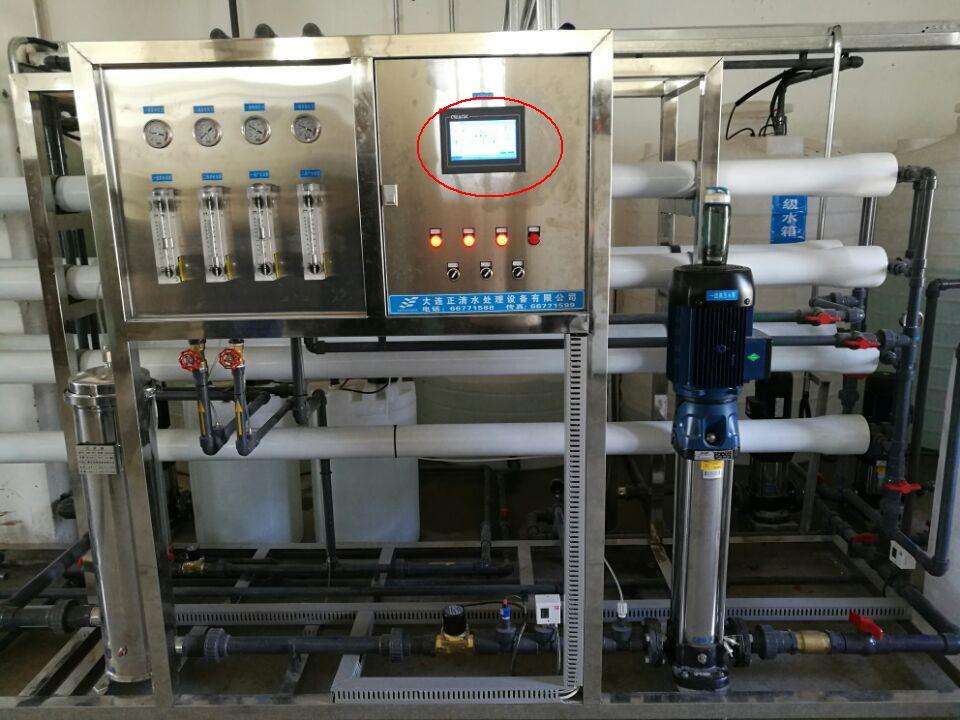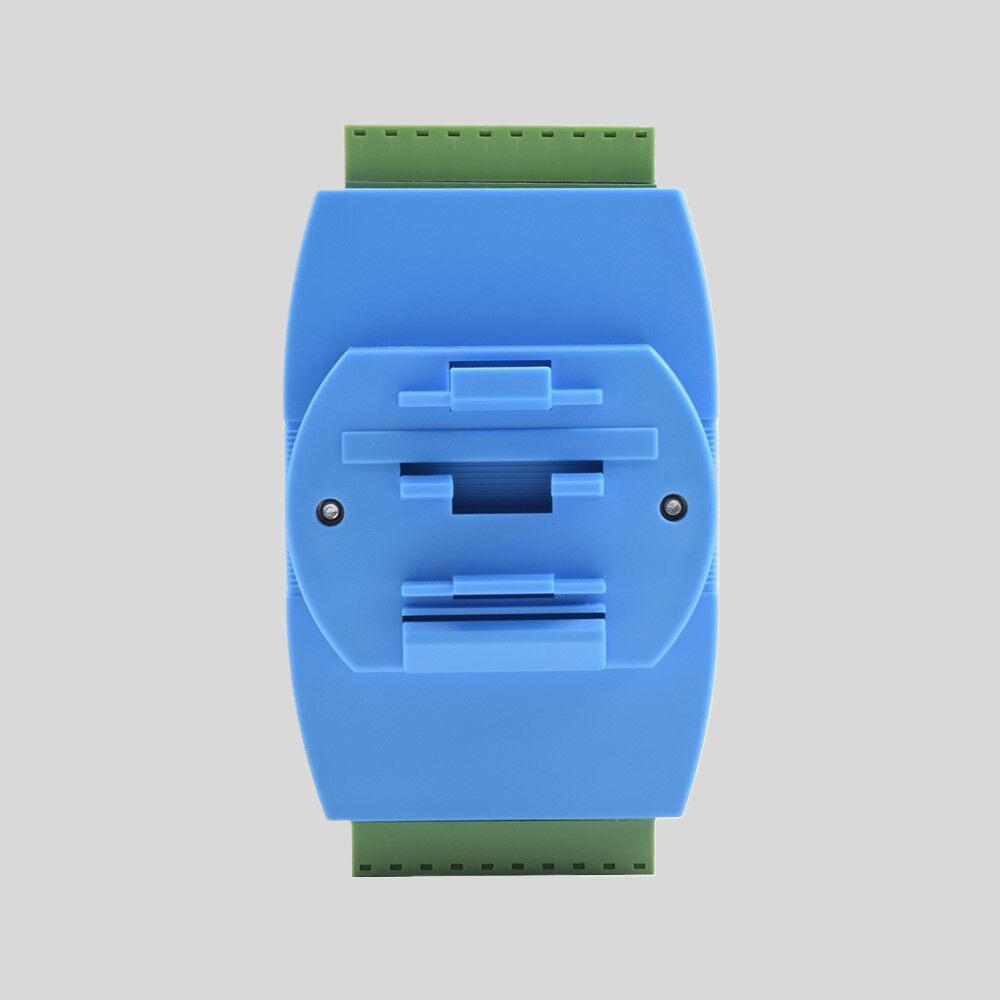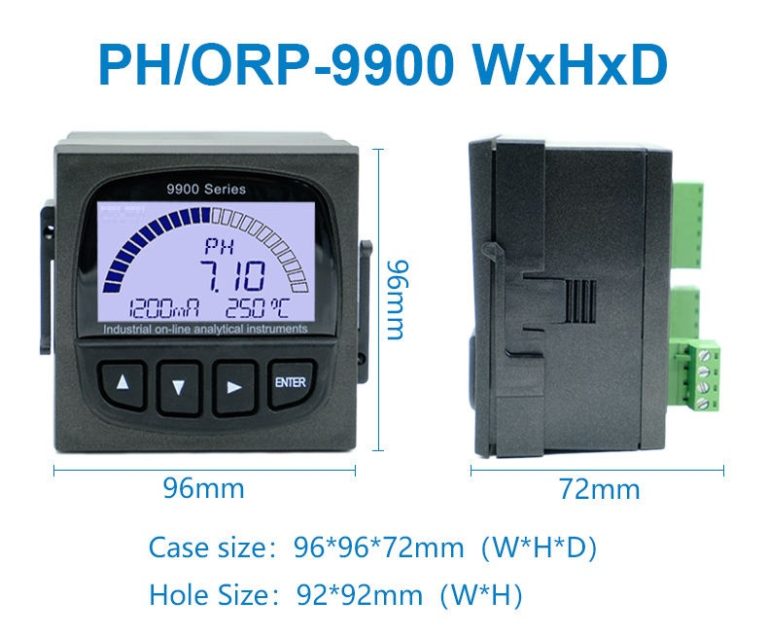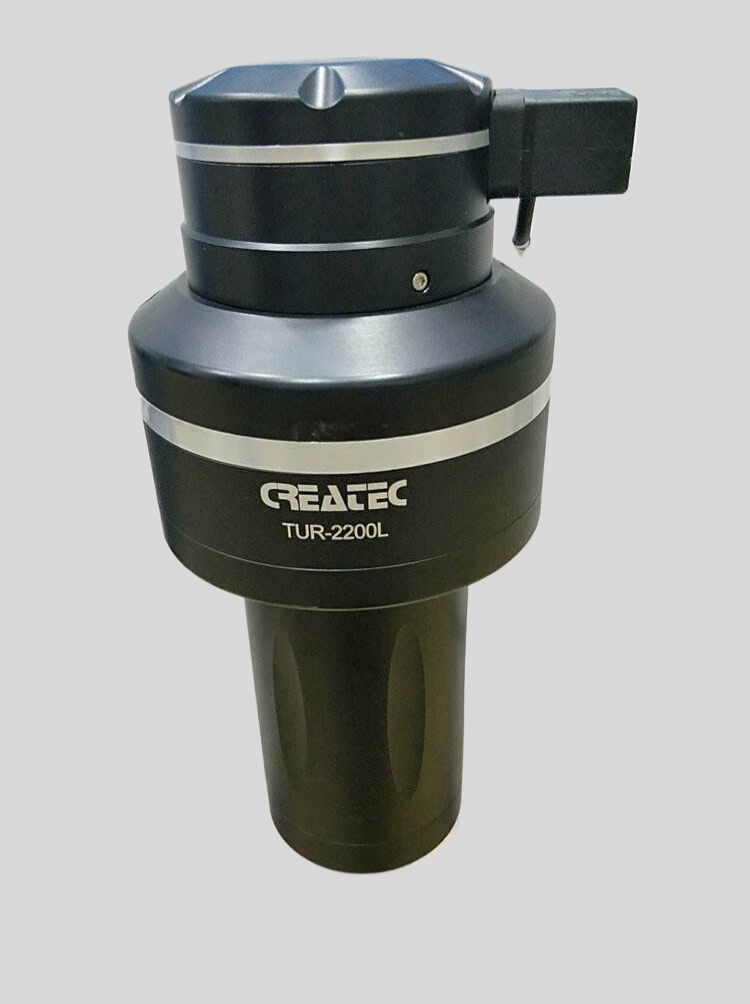“Unlocking the power of electrical conductivity.”
Understanding AC Conductivity: A Comprehensive Guide
AC conductivity, also known as alternating current conductivity, is a crucial concept in the field of electrical engineering and physics. It refers to the ability of a material to conduct electricity when subjected to an alternating current. In this article, we will delve into the intricacies of AC conductivity, exploring its definition, significance, and applications.
To understand AC conductivity, it is essential to first grasp the concept of alternating current. Unlike direct current (DC), which flows in one direction, alternating current periodically changes direction. This oscillation of current creates a unique set of challenges and opportunities when it comes to electrical conductivity.
| Model | pH/ORP-8500A pH/ORP Online Meter |
| Range | pH:0.00~14.00 ; ORP:(-1999~+1999)mV; Temp.:(0.0~100.0)°C (Temp.Compensation: NTC10K) |
| Resolution | pH:0.01 ; ORP: 1mV; Temp.:0.1°C |
| Accuracy | pH:+/-0.1 ; ORP: +/-5mV(electronic unit); Temp.: +/-0.5°C |
| Temp. compensation | NTC10K Temperature compensation |
| Medium Temp. | (0~80)°C |
| Analog output | Double channels isolated; transportable(4~20)mA, instruments/ transmitter mode |
| Control Output | Triple channels semiconductor photoelectric switch, load current: AC/DC 30V, 50mA(max) |
| Communication port | RS485,Modbus RTU protocol |
| Working Environment | Temp.(0~80)℃; relative humidity <95%RH (non-condensing) |
| Storage Environment | Temp.(-20~60)℃;Relative Humidity ≤85%RH (none condensation) |
| Power Supply | DC 24V |
| Power consumption | <3W |
| Protection level | IP65 (with back cover) |
| Dimension | 96mmx96mmx94mm(HxWxD) |
| Hole Size | 91mmx91mm(HxW) |
In simple terms, AC conductivity measures how easily an alternating current can pass through a material. It is influenced by various factors, including the material’s composition, temperature, and frequency of the alternating current. Conductivity is typically quantified using the unit siemens per meter (S/m) or its inverse, resistivity, measured in ohm-meters (Ω·m).

One of the key differences between AC and DC conductivity lies in the behavior of materials under varying frequencies. While some materials exhibit consistent conductivity regardless of frequency, others may display frequency-dependent behavior. This phenomenon, known as frequency dispersion, is a crucial consideration in the design and analysis of electrical systems.
AC conductivity plays a vital role in a wide range of applications, from power transmission and distribution to electronic devices and telecommunications. Understanding the conductivity of materials is essential for optimizing the performance and efficiency of electrical systems.
In power transmission and distribution, for example, materials with high conductivity are preferred to minimize energy losses. By selecting materials with low resistivity, engineers can reduce the amount of heat generated during the transmission of electricity, leading to more efficient power delivery.
In electronic devices, such as semiconductors and integrated circuits, AC conductivity is a critical factor in determining the speed and efficiency of electrical signals. By carefully controlling the conductivity of materials, engineers can design circuits that operate at high frequencies with minimal signal distortion.
| Product Model | MFC-8800 | |
| Communication port | The uplink slave channel Modbus RTU protocol RS485 port is connected with DTU and DCS | |
| Downlink master channel RS485 port of Modbus RTU protocol is connected with data acquisition terminal | ||
| 4~20mA output | 1 channel two-wire type Maximum loop resistance 400Ω | |
| 4~20mA Input | 2 channel channel two-wire type( initiative feed) | |
| DI Input | 2channels Photoelectric isolation logic switch | |
| DO Output | 3 channels relay | 1 SPDT AC220V; 3A(MAX) |
| (only for drive signal) | 2 SPST AC220V; 3A(MAX) | |
| 1channel Photoelectric switch | Proportional pulse/frequency | |
| Load capacity:100mA/DC30V | ||
| Data acquisition | Data acquisition collection,with 3 channels DC24V sensor power supply | |
| Display mode | 3.5”(or 4”)colorful LCD touch screen | |
| Power supply | Wide power range :(12-24)V | |
| Consumption | <5W | |
| Environment requirements | Environment temp:(5~45)℃; relative humidity:≤90%。 | |
| Hole dimension | (91×91)mm hole dimension;panel dimension(100*100)mm | |
Telecommunications also rely on AC conductivity to ensure the reliable transmission of data over long distances. By using materials with high conductivity, such as copper or fiber optics, telecommunications networks can achieve high data transfer rates and low signal attenuation.

In conclusion, AC conductivity is a fundamental concept in the field of electrical engineering, with far-reaching implications for various industries and applications. By understanding the behavior of materials under alternating current, engineers can design more efficient electrical systems and electronic devices. Whether in power transmission, electronics, or telecommunications, AC conductivity plays a crucial role in shaping the future of technology and innovation.







